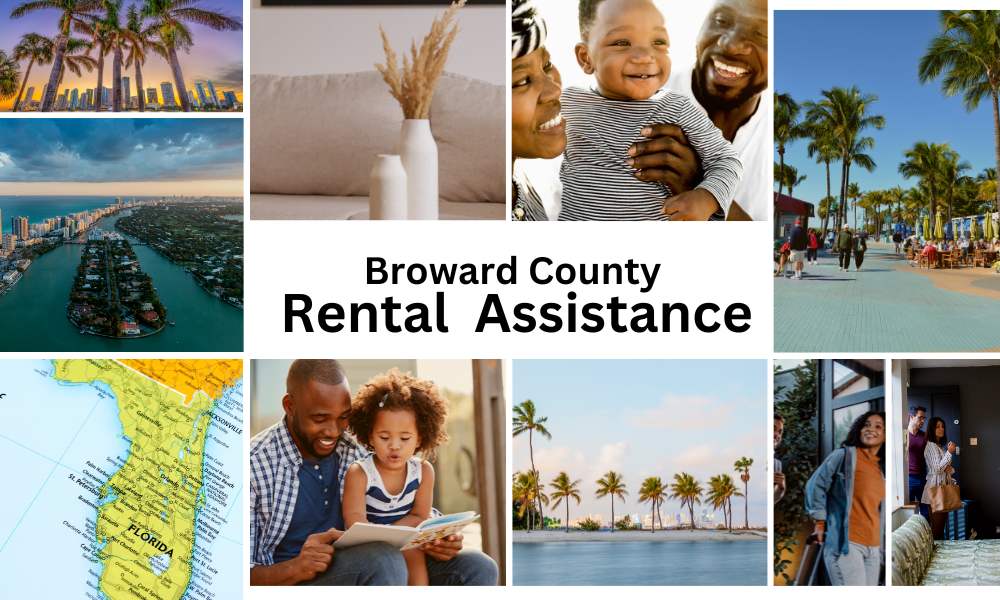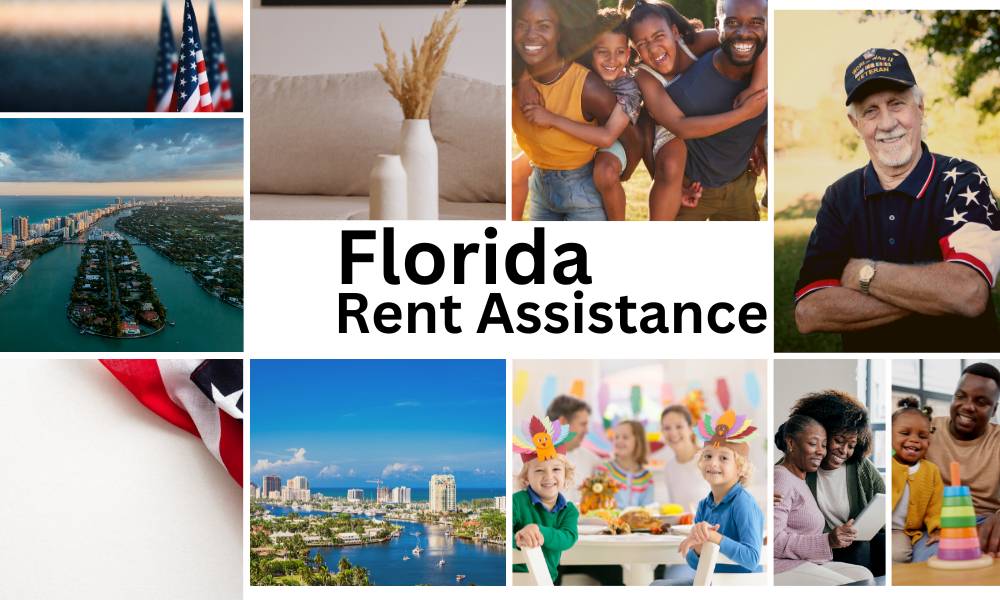Clay County Emergency Rental Assistance Program
Please click here to visit the Emergency Rental Assistance Application Portal. Thank you.
The Emergency Rental Assistance (ERA) program, which has a budget of $25 billion, was established by the Consolidated Appropriations Act, of 2021 (Public Law 116-260). From the United States Department of Treasury, Clay County has received $6.6 million for rental assistance for eligible households that have been negatively impacted by the high cost of living and the resulting economic environment. Amounts collected should go toward meeting the financial obligations of rent and/or utilities. This county-wide program applies to all unincorporated areas as well as all incorporated municipalities.
Step 1: Determine if you are eligible.
Read the Frequently Asked Questions and make sure you have all of the required documents and meet all of the eligibility requirements before applying for this program. Please do not begin the application process until you have gathered all of the necessary documentation.
Step 2: Fill out the application completely.
Fill out the online application form available on the Portal’s website. To be considered for Clay County’s Emergency Rental Assistance (ERA) Program, applicants must affirm their eligibility and upload all necessary documentation.
Step 3: Evaluation of the application
Clay County staff will review all applications to determine whether they are eligible. If any of the documents are falsified, the application will be rejected. Applicants will be given five business days to resubmit any documents that were either missing or illegible the first time.
Step 4: Notice to the Applicant
While their application is being reviewed, applicants will be notified of the status of their application. All applicants can check the status of their current application at any time by logging into the application portal.
Processing and distribution are the fifth and final steps.
Applications that have been approved will be processed for direct payment to the vendor via check sent through the mail.
To learn more about the U.S. Treasury’s Emergency Rental Assistance Program, click here.
Documents Supplementary to the Original
In addition to the application itself, you may be required to complete one or more of the supplemental documents listed below. If you have any questions, please do not hesitate to contact us at 904-529-4256.
- Landlord Verification Packet – This is a requirement for all applications.
- If you are unable to provide proper documentation and have no income or are self-employed, you should complete the Loss of Income/Zero-Income Self-Declaration Form (available here).
- To receive assistance with future rental payments if you are at risk of experiencing homelessness or losing your housing, you must complete the Risk of Homelessness/Loss of Housing self-declaration form.
Clay County Emergency Rental Assistance Frequently Asked Questions
- When will Clay County begin accepting applications for its programs and services?
Applicants for Clay County will be able to submit applications starting in March 2021.
- Who is eligible for rental/utility assistance and how does it work
The program is open to renters in Clay County who meet the following criteria
- Possess a household income of at least $60,000 for a family of four or $48,000 for a family of two AND have a household income of at least 80 percent of the HUD Area Median Family Income (HAMFI).
- If you are experiencing housing instability or are at risk of homelessness if you owe back rent or past-due utility bills (such as electricity, gas, water, or Internet), or if you’ve received an eviction notice AND
- Have suffered from financial hardship due to inflation, such as unemployment, reduced working hours, business closure, or significant new expenses.
|
Household Size |
80% of Area Median Income |
|
1 |
$42,000.00 |
|
2 |
$48,000.00 |
|
3 |
$54,000.00 |
|
4 |
$60,000.00 |
|
5 |
$64,800.00 |
|
6 |
$69,600.00 |
|
7 |
$74,400.00 |
|
8 |
$79,200.00 |
*Because Clay County is a part of the Jacksonville, FL HUD Metro FMR Area, all of the information presented here for 2020 applies to the entire Jacksonville, FL HUD Metro FMR Area, including Clay County.
If you or any of your household members are currently enrolled in any of the programs listed below, you are likely to meet the income eligibility requirements for the Clay County Emergency Rental Assistance Program. Please upload a copy of your award or approval letter that is dated on or after January 1, 2020, and includes your signature.
- Medicaid Home Energy Assistance Program for Low-Income Families (LIHEAP)
- Program for National School Lunches (which includes free and/or reduced-price school lunches)
- Snack food stamps and the Supplemental Nutrition Assistance Program (SNAP/Food Stamps)
- Program for Women, Infants, and Children (WIC) (WIC)
- Supplemental Security Income (SSI) is a federal program that provides a monthly cash benefit to people who are unable to work (SSI)
- Assistance to Needy Families Temporarily (TANF)
- Assistance from Native Americans
- Pension or Disability Benefits from the VA
- So, what kinds of things can be covered by the program, exactly?
- From March 13, 2020, onward, there will be rental arrears.
- Utility and home energy bills that are past due (Electricity, Water, Gas, etc.)
- Internet services that are past due
- If you become homeless, you may be eligible for future payments.
- What kind of assistance is available to each household and to what extent?
From March 13, 2020, onward, households approved for the program will be eligible to receive rental assistance for past due rent for months in which no other rental assistance has been received, up to a total of 12 months. Housing assistance and utility assistance for past-due electricity, gas, internet, and water bills may also be available to eligible households for a total of three (3) months of future rental assistance.
- Is it possible to apply for funds to assist with utilities even if I do not require rent relief?
Yes, renters can apply for assistance with utility payments even if they do not require assistance with rent payments. You will be required to provide a recent statement from the utility company/companies to demonstrate past and current amounts owed.
- I have a housing choice voucher or live in public housing, but I am still behind on my rent. Do I qualify for a rental assistance program?
If a household qualifies for monthly rental assistance, the Emergency Rental Assistance (ERA) program may only be used to cover costs that are not covered by other rental assistance programs, such as utility bills or repairs.
- What information do I need to apply?
Requirements for Documentation
| Types of Documents | Accepted Documents |
| Proof of Identity
Current ID unless stated otherwise |
|
| Proof of Income
Provide all pages of the documents |
OR one of the below:
OR
|
| Proof of Economic Hardship due to Inflation
Provide all pages of the documents |
OR
|
| Proof of Housing Instability
Provide all pages of the documents |
OR
|



